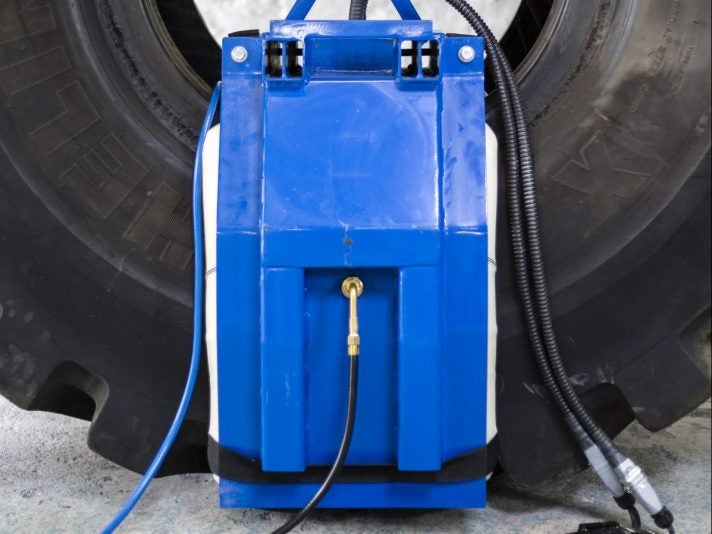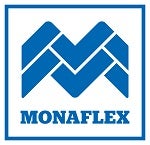
Many OTR tyres are discarded due to sidewall damage that is in fact repairable. The following tips from our experts focus on how to evaluate the damage:
1. Where is the damage?
Damage in the sidewall of a tire must not extend into the non-repairable (A-B) area.
The A-B area is measured from the bead ‘toe’ to an area near where the lock ring of the wheel is positioned. The dimensions will run from a few inches in small tires to 10 or 12 inches in a giant OTR tire.
2. Does the damage extend into the shoulder?
When damage to the tire is in the shoulder or runs from sidewall to shoulder; this is not a sidewall repair.
The most knowledgeable repair technician on-site must determine where in the tire that the shoulder begins and ends.
They will need to know the width (cross-section) of the tire and where the outer-most belt edge is located.
Refer to the repair manufacturer’s application chart as a beginning. Next, the technician must rely on his or her knowledge of the tire size and model (tread design and classification).
3. Choose the correct repair unit
After evaluating the injury (size and location), a repair unit must be chosen.
If the damage is in the middle of the sidewall, and short (in a radial direction) the technician may choose a patch that will ‘centre over the injury’. If the damage is long (in the radial direction) or if it is high in the sidewall (nearer to the shoulder) the technician must choose a patch that will begin and end in non-flexing areas of the tire (in the non-reparable bead area and the shoulder area).
4. Bias or Radial – does it make a difference?
Bias-ply tires and radial ply tires – both have shoulder areas. Shoulder repairs in bias-ply tires will follow the same guidelines as the sidewall or tread areas of the tire. Bias-ply patches should always be centred over the damage.
All Monaflex systems can tackle sidewall repairs and we also offer a range of dedicated OTR and Truck sidewall systems.

